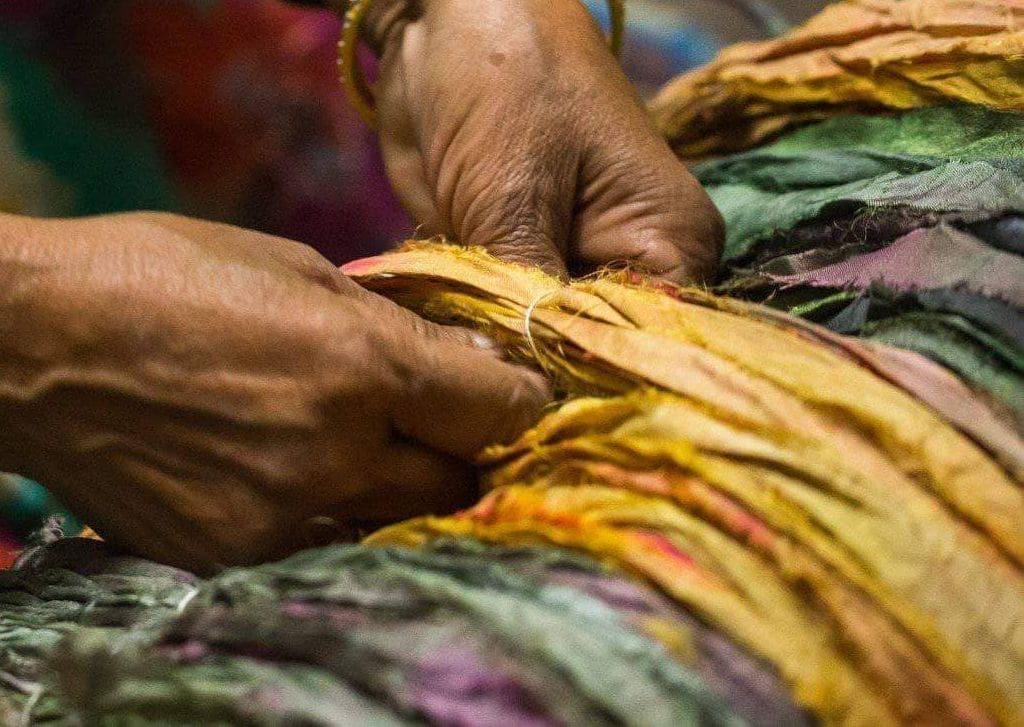March is Women’s History Month. We at Luxury Dream Designs, a woman-owned business with a staff of talented women creators in the jewelry, craft, textile, and fashion industries are proud to share insights into the importance of women in the textile industry. We’re equally proud to represent these luxury, high-end items from pillows to kaftans, repurposed jewelry (see our Silkroad collection), and more.
The history of women in the textile industry is a long and complex one, spanning centuries and continents. Women have played a vital role in the textile industry since ancient times, and their contributions have been essential to the development and growth of the industry.
During the Industrial Revolution of the 18th and 19th centuries, the textile industry underwent a massive transformation. Prior to this period, textile production was largely a cottage industry, with women and children working from home to spin yarn and weave cloth. However, with the advent of new machinery, textile production shifted to factories, and women became an integral part of the factory workforce.
In the early days of the factory system, women were often employed as piecers, or assistants to the male weavers. They would sit on benches beside the looms, threading broken threads back into the machines. As the industry grew, women took on more skilled roles, such as spinners, weavers, and knitters.
Despite their crucial role in the textile industry, women faced significant challenges and discrimination. They worked long hours in difficult and often dangerous conditions, and were paid much less than men for doing the same work. They also faced harassment and abuse from male supervisors and coworkers.
However, women in the textile industry also played a key role in the labor movement and the fight for workers’ rights. Many women were involved in strikes and protests, and some even formed their own unions to advocate for better working conditions and fair wages.
In the 20th century, the role of women in the textile industry began to change again, as many factories moved overseas to take advantage of cheaper labor. Women in Western countries began to shift away from factory work and into other professions, although the textile industry still employs many women around the world today.
Overall, the history of women in the textile industry is one of resilience and determination in the face of significant challenges and obstacles. Women have played a vital role in the growth and development of the industry, and their contributions should not be overlooked or forgotten.



